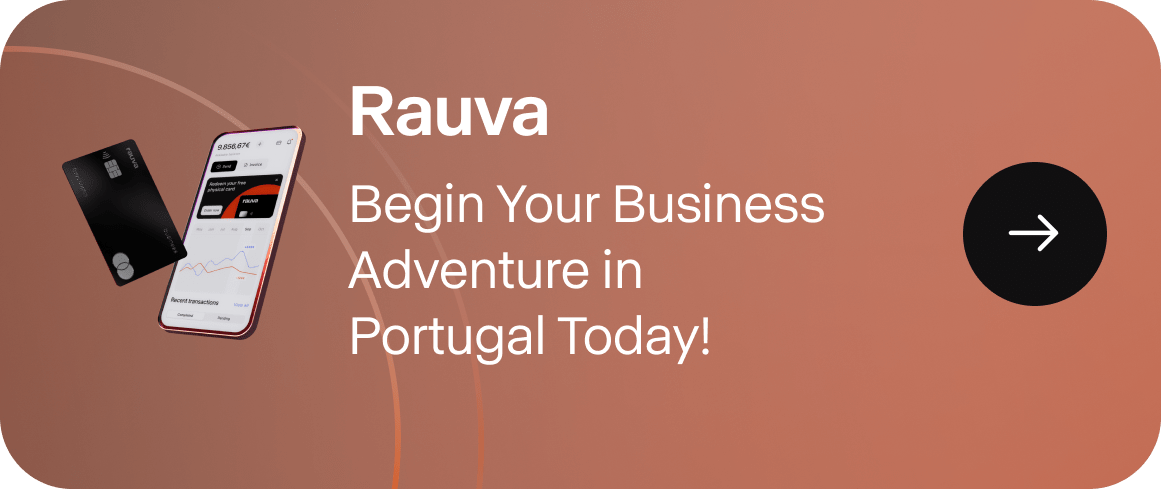You are reading...
Home > Start a Business > Top Tips for Mastering the Lean Canvas
Top Tips for Mastering the Lean Canvas
By Rauva
•
Published on 31 January 2024
•
13mins read
Share

This is a common problem with traditional business plans.
Enter the Lean Canvas.
In the simplest terms, the Lean Canvas is a one-page business plan. It's like a snapshot of your business idea, without the fluff. Born from the Lean Startup methodology, it's all about being as efficient and concise as possible and, well, lean.
And here's the best part: instead of writing a 50-page business plan that no one's got time to read, the Lean Canvas breaks down your idea into 9 essential building blocks that you’ll summarise and put onto a single page.
A lean canvas helps you quickly sketch out and validate business ideas. You focus on the big picture instead of getting lost in the details. And if something doesn't work? No problem. Just tweak your canvas and pivot.
Let’s guide you through creating your own.
Key Takeaways
- Lean Canvas is a one-page business plan that focuses on what truly matters when starting a business.
- The Lean Canvas allows flexibility in defining the value proposition, target customer segments, and channels.
- The key components of a Lean Canvas include versatility, simplicity, efficiency, clarity, and key metrics and channels.
- Creating a Lean Canvas involves identifying the problems the venture solves, brainstorming solutions, defining the unique value proposition, and identifying customer segments and channels.
Understanding the Concept of a Lean Canvas
A Lean Canvas is essentially a one-page business plan, designed to help you streamline your startups vision. It's not just about being concise; it's about focusing on what truly matters for your business.
The Lean Canvas origin dates back to the innovative work of Ash Maurya, who wanted to free entrepreneurs from the constraints of traditional business models (Cheers to you, Ash!).
With the Lean Canvas, versatility is a key feature. It gives you flexibility in defining your unique value proposition, target customer segments, and channels. You can adapt it as your understanding evolves or even use multiple canvases for different scenarios.
Other benefits include:

Rauva
Begin your Business
Adventure in Portugal Today!

Step-by-Step Guide to Creating a Lean Canvas
Let's dive right into how you'll create this strategic tool, step by step. Remember, with every point, be as concise as possible. If your answer is longer than a short sentence, rewrite it!
Step 1: Problem
Here is where you identify the top 1-3 challenges your target audience faces.
Subtasks:
Example: Let's say you're developing a new fitness app. The problems could be:
Step 2: Solution Box
Detail how your product or service will address those challenges.
Example: For our fitness app:
Subtasks:
Step 3: Key Metrics
Highlight the primary indicators that will measure your business's performance.
Example: For the fitness app:
Subtasks:
Step 4: Unique Value Proposition
Define what sets your idea apart.
Example: "A fitness app that adapts to you: AI-driven workouts tailored to your goals and progress."
Subtasks:
Step 5: Unfair Advantage
Pinpoint what you have that competitors can't easily copy.
Example: Proprietary AI algorithm developed with top fitness experts.
Subtasks:
Step 6: Customer Segments
Detail your ideal customers.
Example: Busy professionals aged 25-40 looking for home workouts.
Subtasks:
Step 7: Channels
Outline how you'll get your product or service to your customers.
Example:
Subtasks:
Step 8: Cost Structure
Break down your primary expenses.
Example:
Subtasks:
Step 9: Revenue Streams
Describe how your business will generate income.
Example:
Subtasks:
Step 10: Review & Refine
Revisit your canvas regularly.
Example: After launching the app, you realize users want more yoga sessions. Update the canvas to reflect this new insight.
Subtasks:
Common Mistakes and How to Avoid Them When Writing a Lean Canvas
While writing a lean canvas can be more straightforward and less time consuming than writing a traditional business plan, there are still some common mistakes that entrepreneurs make when writing out their plan.
1. Being Too Vague
The Mistake: "We want to make users happy." That's great, but how?
The Fix: Be specific. "We aim to boost user satisfaction by offering 24/7 customer support."
Pro Tip: Ask a friend or colleague to read your canvas. If they can't understand any part instantly, it's probably too vague.
2. Overloading with Details
The Mistake: Turning your canvas into a novel. Remember, it's a one-pager for a reason.
The Fix: Stick to the essentials. The canvas is a snapshot, not an encyclopedia.
Pro Tip: Use bullet points and concise language. If a section is running long, trim it down.
3. Ignoring the Competition
The Mistake: Thinking you're the only player in the game.
The Fix: Research! Identify your competitors and understand what they're doing right (and wrong).
Pro Tip: Use tools like Google Trends or SEMrush to get a sense of the competitive landscape.
4. Setting It and Forgetting It
The Mistake: Treating your canvas as a one-time task.
The Fix: Revisit and revise. Your business will evolve, and your canvas should too.
Pro Tip: Schedule a canvas review every quarter. Set a calendar reminder so you don't forget.
5. Overestimating Your Revenue Streams
The Mistake: Assuming you'll have 10,000 subscribers in month one. (If only!)
The Fix: Be realistic. Base your projections on data, not just optimism.
Pro Tip: Start with conservative estimates. It's better to be pleasantly surprised than sorely disappointed.
6. Not Validating Assumptions
The Mistake: Assuming you know what customers want without asking them.
The Fix: Validate every assumption. Conduct surveys, interviews, and beta tests.
Pro Tip: Use tools like Google Forms or SurveyMonkey to gather user feedback efficiently.
7. Mixing Up Features with Benefits
The Mistake: Listing only what your product does, not why it matters.
The Fix: For every feature, identify the benefit. Instead of "AI-driven workouts," say "Personalized workouts that adapt to your progress."
Pro Tip: Always ask, "So what?" If you can't answer why a feature matters, reconsider its importance.
8. Neglecting the Cost Structure
The Mistake: Overlooking hidden costs.
The Fix: Think beyond the obvious. Consider costs like marketing, customer acquisition, and even potential refunds.
Pro Tip: Chat with a financial advisor or a fellow entrepreneur to ensure you're not missing any hidden costs.
Remember, everyone makes mistakes, especially when charting new territories in the entrepreneurial world. The key is to learn, iterate, and keep moving forward!
Conclusion
The Lean Canvas is a powerful tool that can transform the way startups approach business planning. Traditional business plans, often long and cumbersome, can be overwhelming and impractical for entrepreneurs bursting with innovative ideas. The Lean Canvas offers a refreshing alternative, condensing the essence of your business onto a single page.
It champions versatility, allowing entrepreneurs to adapt their canvas as their understanding evolves or experiment with multiple canvases for different scenarios. Simplicity streamlines business modelling, saving time and energy for what really counts. Efficiency is its hallmark, facilitating swift decision-making by cutting through unnecessary details. Clarity emerges as ideas become easier to communicate and sell.
Remember, entrepreneurship is a journey filled with learning opportunities, and Lean Canvas is your trusted companion. Regularly revisiting and refining your canvas, validating your assumptions, and staying realistic with revenue projections are key to success.
Embark on your entrepreneurial journey armed with this lean and mean tool, and may your startup thrive and prosper! Cheers to your future successes!
Written by Rauva
Our specialised team focuses on bringing relevant and useful content everyday for our community of entrepeneurs. We love to stay updated and we thrive on sharing the best news with you.
Subscribe to our newsletter
Receive the latests insights and trends to help you start and run your business.

